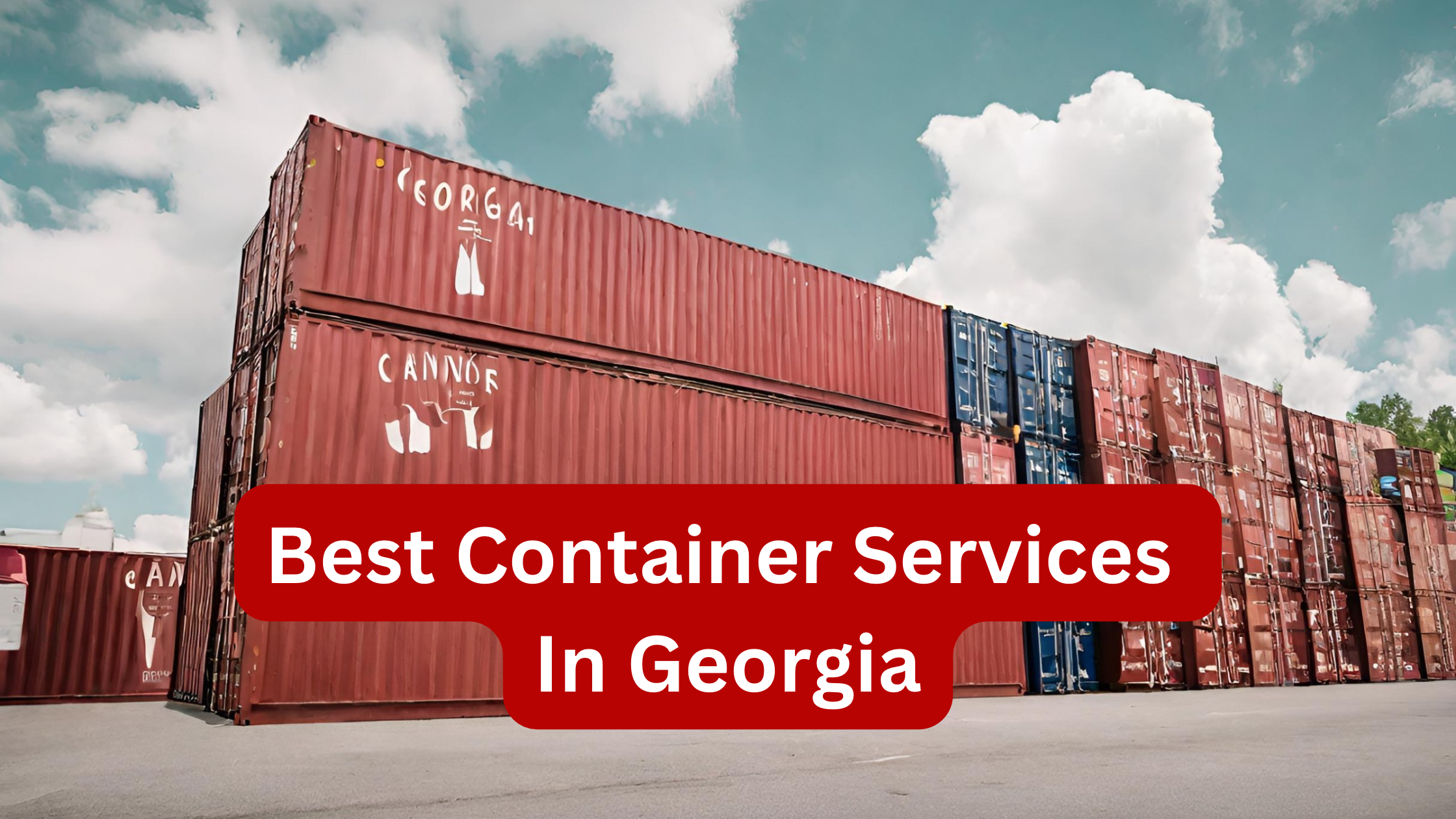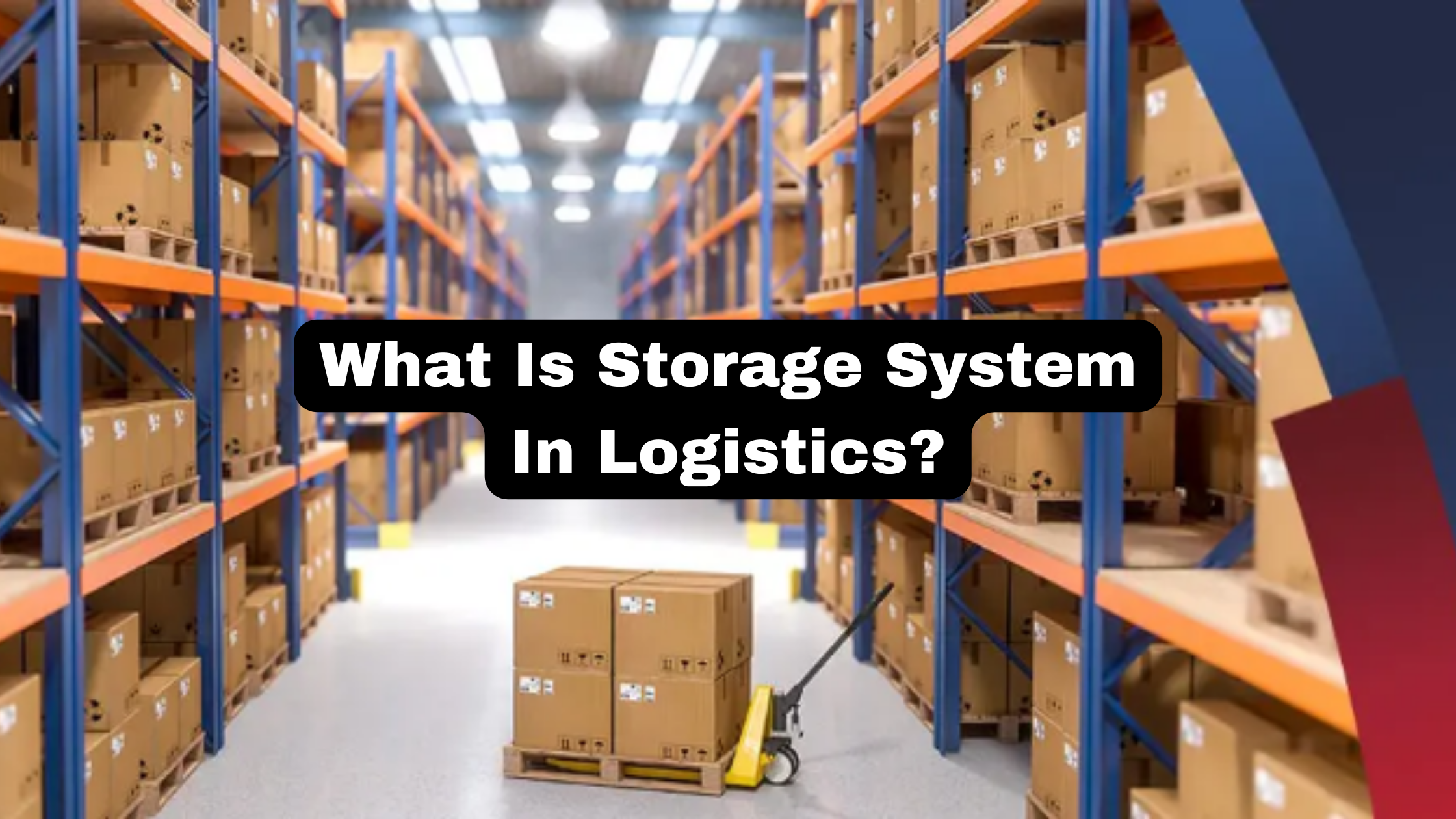The average rate per mile for a dry van nationally, is $2.28/mile as of February 2023, $0.10 decrease compared to the January 2023 average. However, they can vary based on the weight of load, distance, and fuel prices.
Here’s an image showing the rate per mile average of dry van services in different regions, among which $2.57 in the Midwest is currently the highest. Keep reading the blog to know what a dry van is used for, and how various factors influence its average rate per mile.
Source: TCI Capital
What is a dry van?
A dry van is a particular kind of trailer that is fully enclosed to protect shipments from outside elements. This semi-trailer van is known for transporting Non-perishable commodities including apparel, electronics, and other consumer goods.
Dry vans are not temperature-controlled like the reefers, and they can only carry a limited cargo at one time. Dry van services can be great for transporting a wide range of products, provided that the company is reputable and experienced.
How is the dry van’s average rate per mile determined?
By dividing the overall cost of transportation by the total distance traveled, the average rate per mile for a dry van is determined. This price includes costs for labour, fuel, maintenance, and insurance. Many variables, including fuel costs, the demand for freight, and the distance travelled, might affect the rate.
What factors influence the average rate per mile for a dry van?
Several factors can influence the average rate per mile for a dry van, including the most common ones given below;
Fuel prices
Fuel is the most obvious influence on the average rate per mile for any vehicle. All vehicle run on fuel, so higher fuel prices can increase transportation costs and therefore increase the rate per mile.
Demand for freight
A person who knows the freight industry, must also know how supply and demand work here. If there is high demand for freight, carriers may also charge you more for a similar task someone got done for less. This is called seasonal fluctuation.
Distance traveled
Usually, the shorter your trip is, the more it’s going to cost. It can be due to high competition among the shippers, or due to loading, unloading of the freight, or even because it’s tougher to travel in urban areas.
Location
Rates highly vary depending upon the drop-off location. Metropolitan cities, remote cities with limited infrastructure, border regions, and areas with heavy-industrialization can cost more than others. This is due to the imbalance between supply and demand in these areas.
How can carriers find the best rates for dry van transportation?
Carriers can use load boards or engage with freight brokers to obtain the best prices for dry van transportation. Online marketplaces called load boards allow carriers to identify available loads and conduct rate negotiations with shippers.
On the other hand, freight brokers serve as a middleman between shippers and carriers, assisting carriers in finding loads and negotiating prices. To guarantee reasonable prices and dependable service, it’s critical to conduct thorough research and engage with recognised shippers.
We hope this article was helpful to you, both in terms of understanding average rate per mile, and finding the right dry van transportation service for yourself!







